
Suriname, officially the Republic of Suriname, is a country in northern South America. It is bordered by the Atlantic Ocean to the north, French Guiana to the east, Guyana to the west, and Brazil to the south. At under 165,000 square kilometers, it is the smallest country in South America.
After the creation of the Statute of the Kingdom of the Netherlands, the Royal Netherlands Army was entrusted with the defence of Suriname, while the defence of the Netherlands Antilles was the responsibility of the Royal Netherlands Navy. The army set up a separate Netherlands Armed Forces in Suriname. Upon independence in 1975, this force was turned into the Surinamese Armed Forces. On February 25, 1980, a group of 15 non-commissioned officers and one junior officer, under the leadership of sergeant major Dési Bouterse, staged a coup d'état and overthrew the Government. Subsequently, the SKM was rebranded as the National Army.

Paramaribo is the capital and largest city of Suriname, located on the banks of the Suriname River in the Paramaribo District. Paramaribo has a population of roughly 241,000 people, almost half of Suriname's population. The historic inner city of Paramaribo has been a UNESCO World Heritage Site since 2002.
The Kwinti are a Maroon people, descendants of runaway African slaves, living in the forested interior of Suriname on the bank of the Coppename River, and the eponymous term for their language, which has fewer than 300 speakers. Their language is an English-based creole with Dutch, Portuguese and other influences. It is similar to the languages spoken by the Aluku and Paramaccan Maroons, and split from Sranan Tongo in the middle 18th century. The Kwinti had a population of about 300 in 2014 and adhere to the Moravian Church.

Groningen is the capital town of the Saramacca District, Suriname.
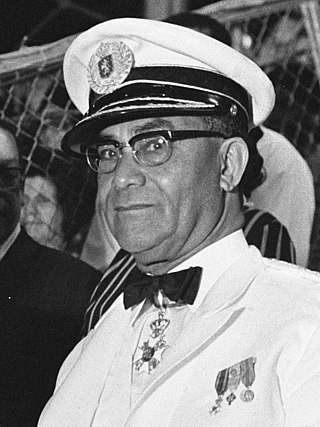
Johan Henri Eliza Ferrier was a Surinamese politician who served as the 1st president of Suriname from 1975 to 1980. He was also the country's last governor-general before independence, serving from 1968 to 1975, before becoming the first president upon independence from the Netherlands in 1975.

Petrus Norbertus Donders was a Dutch Roman Catholic priest and member of the Redemptorist Congregation. He served in various missions in the Dutch colony of Surinam. He started working in the capital Paramaribo, but is predominantly known for his work in and around the leper colony Batavia, where he died in 1887. Peter Donders was beatified as 'Apostle of the Indians and Lepers' in 1982. The miracle needed was found in the cure of a Dutch child from bone cancer back in 1929.

Cynthia Henri McLeod is a Surinamese novelist known for her historic novels and whose debut novel instantly made her one of the most prominent authors of Suriname.
Javanese Surinamese are an ethnic group of Javanese descent in Suriname. They have been present since the late 19th century, when their first members were selected as indentured laborers by the Dutch colonizers from the former Dutch East Indies.

Netherlands–Suriname relations refers to the current and historical relations between the Netherlands and Suriname. Both nations share historic ties and a common language (Dutch) and are members of the Dutch Language Union.
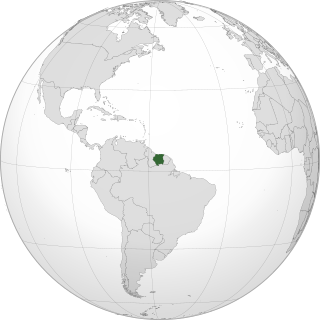
The history of the Jews in Suriname starts in 1639, as the English government allowed Spanish and Portuguese Jews from the Netherlands, Portugal and Italy to settle the region, coming to the old capital Torarica.

Indonesia and Suriname established diplomatic relations in 1975. Both had a special relationship, based upon shared common history as former colonies of the Dutch Empire. Large numbers of Javanese migrated to Suriname to work on plantations during the late 19th and early 20th-centuries. Indonesia has an embassy in Paramaribo also accredited to the Co-operative Republic of Guyana, while Suriname has an embassy in Jakarta. Indonesia and Suriname are members of the World Trade Organization (WTO) and Forum of East Asia-Latin America Cooperation.
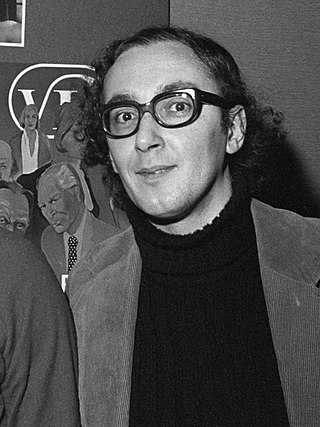
Pim de la Parra is a Surinamese-Dutch film director of Portuguese descent.

Gerard Spong is a Dutch lawyer of Surinamese descent.
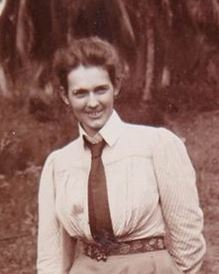
Grace Schneiders-Howard was a Surinamese social worker and politician. Initially beginning her career in civil service as an agent for immigrant workers, she later worked in the Hygiene Department to develop sanitation services in the country. When women were allowed to run for office, but without the right to vote, she ran as a candidate for the Estates of Suriname. Elected in 1938, she became the first woman to serve in the Surinamese legislature. A controversial and abrasive figure, Schneiders-Howard was convinced of her own racial and social superiority, using her work with migrants and the poor to propel her own aims and views of how society should be organized. A pioneer woman in many fields, she was condemned by her opponents, who questioned her morals, her motivations and even her sanity. Her lasting impact was upon bringing improved sanitation of the country.
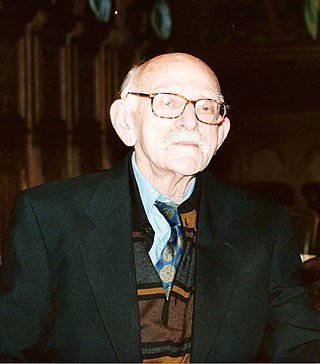
Hugo Pos was a Surinamese judge, writer, and poet.
Maria Vlier was a Dutch Surinamese teacher who wrote the first history textbook focused on the history of Suriname. Born into an intellectual family who descended from slaves, Vlier was educated in the Netherlands and returned to Suriname to teach. Recognizing that students were being taught European history and had no knowledge of the history of their own homeland, she wrote the first textbook on the colony. The book won a silver medal at the International Colonial and Export Exhibition of 1883 and was one of the three most-used textbooks in the Surinamese education system until 1945.
Ida Does is a Surinamese-born, Dutch journalist, writer, and documentary filmmaker. After working at Omroep West as a reporter, editor-in-chief, and program director, she began making independent films, mainly focused on art, culture, colonialism, and social justice. Her documentaries have won awards in Canada, the Netherlands, and Trinidad and Tobago.

Christiaan Hendrik "Hein" Eersel was a Surinamese linguist and cultural researcher.















